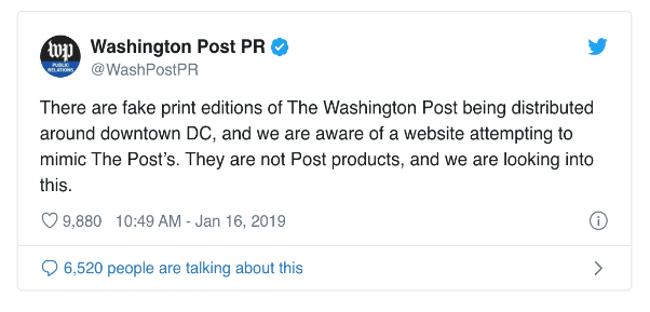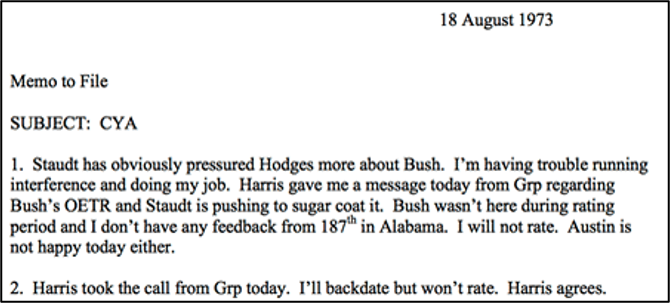Fabricated Content/Imposter Content (continued)

It is important to realize that it is not just the public who can be misled by entirely false information. Unfortunately, sometimes credible news outlets are fooled and often they may not realize it until it is too late.
One instance, referred to as Rathergate, demonstrates just how strong fabricated messages can be. In 2004, Dan Rather, a journalist for CBS, presented six documents during an episode of the broadcast TV show, “60 Minutes.” The files being discussed, known as the Killian documents, contained information about President Bush’s service in the Texas Air National Guard (Rutenberg and Zernike, 2004). The news was believed until only two months before the presidential election happened. Breaking news reported that CBS failed to factcheck the documents before broadcasting it to the public.

It was later learned that the Killian documents were not written on a typewriter in 1973, but instead created on Microsoft Word (Rutenberg and Zernike, 2004). The experts suggest it would have been impossible to develop such a document that many years before.
In response to the allegations, Andrew Heyward, the CBS President said, “We should not have used them. That was a mistake, which we deeply regret," according to an article written by The New York Times by Rutenberg and Zernike.
Additionally, Rather, the CBS reporter, also gave a personal statement regarding the fake news story that got him fired. He writes, "I want to say personally and directly I'm sorry" (Rutenberg & Zernike, 2004). This is just an example of how powerfully persuasive messaging can be. Often, timing is a key factor to the spread of political fake news stories. One might only image how the courses of history would have changed if the files were not declared as yet another believable “fake news” story.
Next Page: Manipulated Content-False Connection